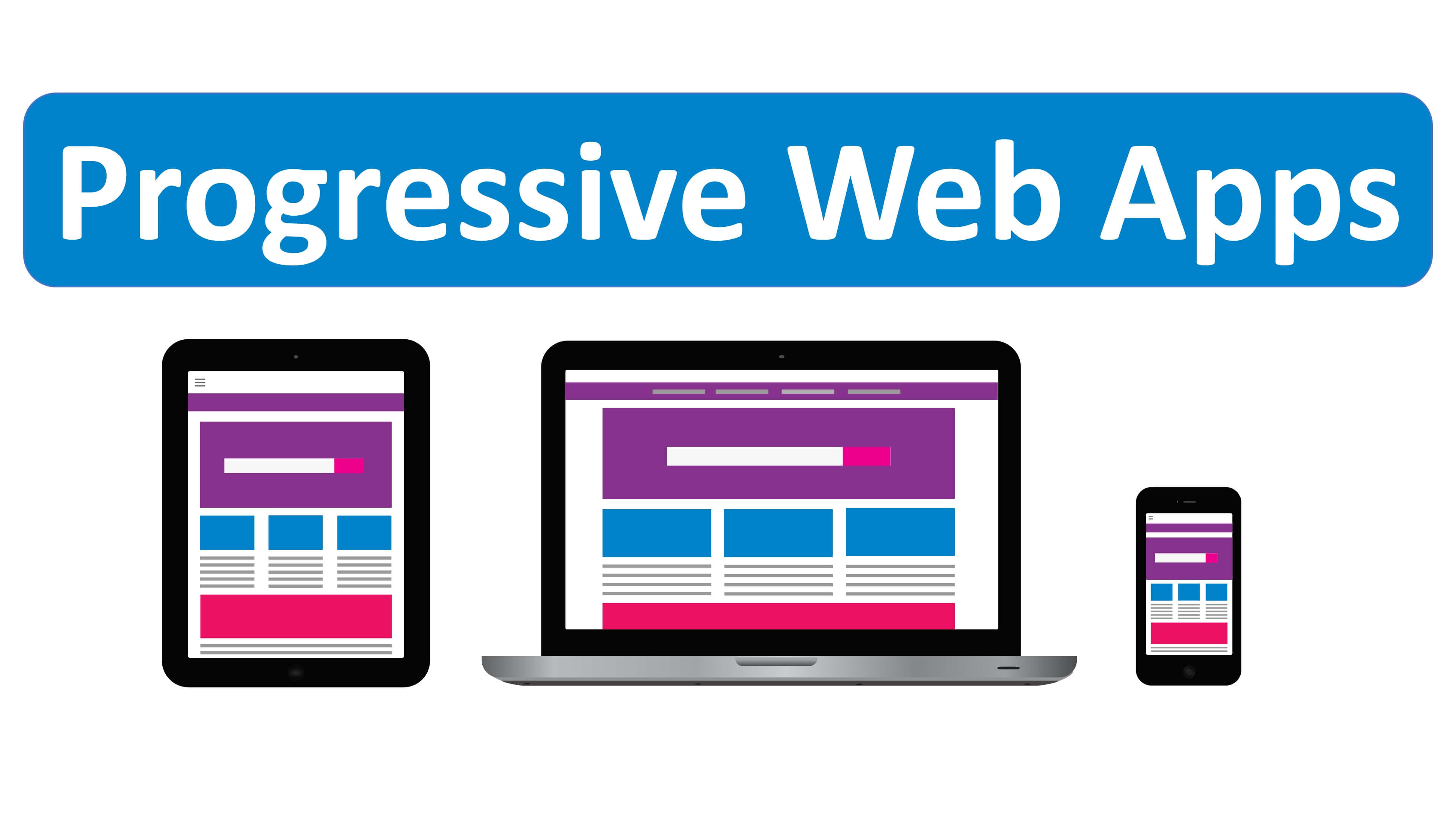JuJu News Hub
Your go-to source for the latest trends and insightful articles.
Progressive Web Apps: The Future of Browsing or Just a Fad?
Explore the truth behind Progressive Web Apps: Are they the game-changer of browsing or just another tech trend? Find out now!
What Are Progressive Web Apps and How Do They Work?
Progressive Web Apps (PWAs) are innovative web applications that provide a seamless user experience similar to native mobile apps. They leverage modern web capabilities to deliver fast, reliable, and engaging experiences across various devices. PWAs are built using standard web technologies such as HTML, CSS, and JavaScript. One of their defining features is the ability to work offline, ensuring that users can still access content even without an internet connection. Additionally, PWAs install easily from the browser, eliminating the friction associated with traditional app stores.
The functionality of Progressive Web Apps relies heavily on key technologies including Service Workers, which enable background processes for offline caching, and Web App Manifests, which allow users to add the app to their home screen. By utilizing these technologies, PWAs can deliver notifications, handle network requests efficiently, and provide an app-like interface that improves user engagement. As more businesses recognize the advantages of PWAs, they are becoming an essential part of the digital landscape, blending the best of web and mobile app experiences.

The Pros and Cons of Progressive Web Apps: Are They Worth the Hype?
Progressive Web Apps (PWAs) have gained significant popularity in recent years due to their ability to combine the best features of both web and mobile applications. One of the primary pros of PWAs is their responsiveness; they adapt seamlessly to different screen sizes and devices, providing a uniform user experience. Additionally, PWAs are installable directly from the browser, eliminating the need for app store approvals. This makes it easier for developers to reach their audience and for users to access applications without the cumbersome installation process typically associated with traditional apps. However, despite these advantages, there are notable cons to consider. For instance, PWAs might not have access to certain device features, like GPS or push notifications, which can limit their functionality compared to native apps.
Another aspect to weigh is the performance of PWAs. With the right implementation, they can load quickly and function offline, enhancing the overall user experience. However, the performance may vary depending on the user's internet connection and the complexity of the application. Additionally, while PWAs are generally cost-effective to develop and maintain, they may not be the best solution for every business model. Organizations should consider their specific needs and target audience before investing in a PWA. Ultimately, whether PWAs are worth the hype depends on the specific use case and user expectations. As the technology evolves, it will be crucial for businesses to evaluate both the benefits and limitations of PWAs in their digital strategy.
Will Progressive Web Apps Replace Native Apps in the Future?
Progressive Web Apps (PWAs) have generated significant interest in recent years due to their ability to combine the best features of websites and native applications. They offer a seamless, app-like experience directly within the browser, eliminating the need for separate installations from app stores. As businesses strive for efficient and cost-effective solutions for user engagement, PWAs provide a compelling alternative to traditional native apps, especially given their capacity to work across various platforms using a single codebase.
Despite the advancements in PWA technology, several factors still favor native applications, such as access to hardware features and performance optimization. However, as the mobile ecosystem continues to evolve, the gap between PWAs and native apps is narrowing. Ultimately, whether Progressive Web Apps will replace native apps in the future will depend on user preferences, technological advancements, and how developers adapt to leveraging both platforms effectively.